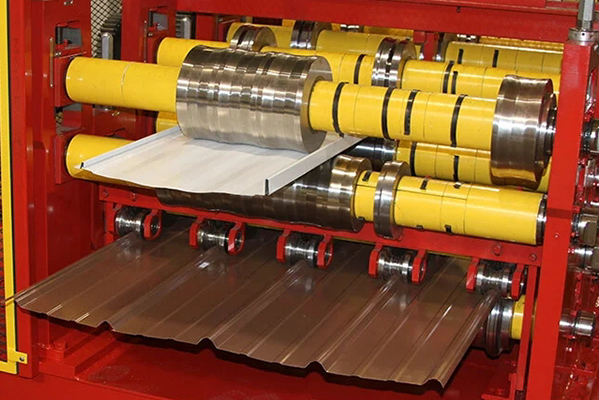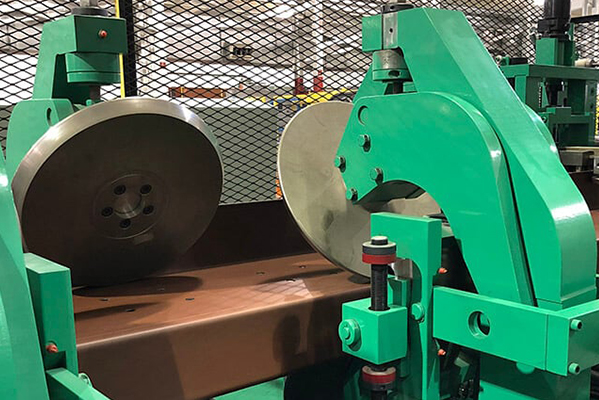Navigation Menu
Contact Us
- Email:
- info@wxavatar.com
- Address:
- Yurong Village, Yuqi Street, Huishan District, Wuxi, China.
Release Date:Jul 26, 2025 Visit:38 Source:Roll Forming Machine Factory
The steel silo industry has seen notable advancements in roll forming equipment technology this year, with improvements aimed at enhancing efficiency, precision, and durability. These updates are designed to meet the growing demands of modern storage solutions while maintaining high production standards. Below are some of the most significant technological developments in steel silo roll forming equipment in recent months.

1. Increased Automation and Smart Control Systems
One of the primary updates in steel silo roll forming equipment is the integration of advanced automation. Modern machines now feature improved programmable logic controllers (PLCs) and human-machine interfaces (HMIs), allowing for more precise control over the forming process. These systems enable operators to adjust parameters in real time, reducing manual errors and improving consistency in panel production.
2. Enhanced Material Handling Capabilities
This year’s equipment updates include better material feeding and alignment systems. High-precision servo-driven feeders ensure smoother coil uncoiling and reduce material waste. Additionally, improved straightening mechanisms help maintain uniform panel shapes, contributing to higher-quality silo construction.
3. Improved Roll Tooling Designs
Manufacturers have introduced optimized roll tooling configurations to extend the lifespan of forming dies. Hardened steel and specialized coatings are now more commonly used to reduce wear and tear, particularly in high-volume production environments. These enhancements result in longer-lasting equipment and reduced maintenance downtime.
4. Higher Production Speeds with Stability
Recent upgrades in drive systems and motor efficiency have allowed steel silo roll forming machines to operate at higher speeds without compromising stability. Enhanced vibration dampening and reinforced frame structures contribute to smoother operation, even at increased production rates.
5. Modular and Customizable Configurations
To accommodate varying project requirements, manufacturers are offering more modular roll forming systems. These setups allow for quick adjustments in panel width, profile shape, and thickness, making the equipment adaptable to different silo designs without extensive reconfiguration.
6. Advanced Quality Monitoring Systems
New sensor-based inspection systems have been integrated into roll forming lines to detect defects early in the production process. These systems can identify inconsistencies in panel dimensions or surface quality, ensuring that only compliant materials proceed to the next stage.
7. Energy-Efficient Drive Technologies
While avoiding specific claims, it is worth noting that some manufacturers have incorporated updated drive systems that optimize power consumption. These improvements contribute to more cost-effective operations over time.

Conclusion
The latest advancements in steel silo roll forming equipment focus on automation, precision, and adaptability. By incorporating smarter controls, durable tooling, and enhanced production capabilities, manufacturers are better equipped to meet industry demands. These updates ensure that steel silo production remains efficient and reliable, supporting the needs of storage solutions across various sectors.